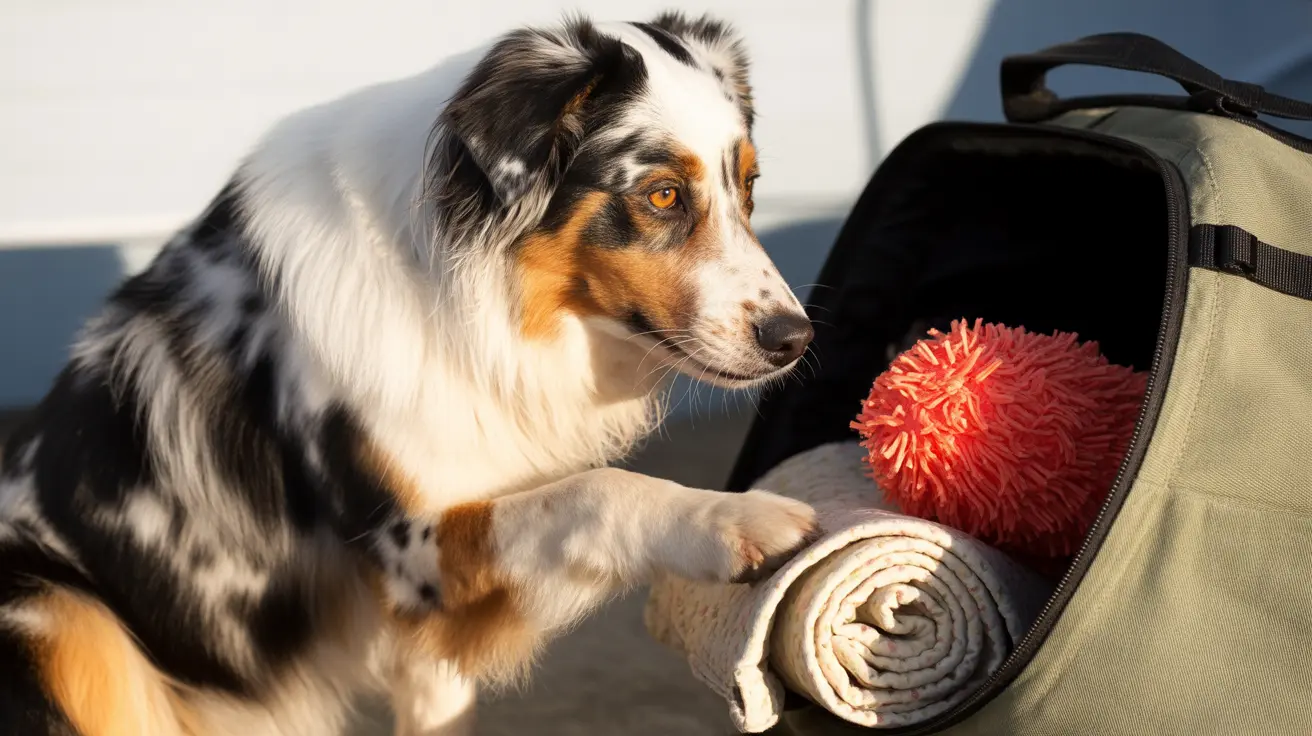Understanding the Duration Flea Eggs Remain on Dogs
Fleas are notorious parasites that cause discomfort for pets and significant distress for pet owners. One of the most misunderstood aspects of a flea infestation is the role and behavior of flea eggs. In this article, we will explore how long flea eggs stay on a dog, why understanding their lifecycle is critical, and how to effectively eliminate them from both your pet and your environment.
Lifecycle of a Flea
The flea’s lifecycle consists of four main stages:
- Egg
- Larva
- Pupa (Cocoon)
- Adult
Adult fleas live on a host, such as a dog or cat, where they feed on blood and reproduce. Female fleas can lay up to 50 eggs per day. These flea eggs are oval-shaped, white or off-white, and very small – about 0.5 mm long. Due to their smooth, non-sticky texture, they fall off the animal's fur within hours of being laid.
How Long Do Flea Eggs Stay on a Dog?
Flea eggs do not adhere well to a pet's fur. Instead, they quickly drop off the dog and accumulate in areas where the dog rests, such as:
- Bedding
- Carpets
- Upholstery
- Cracks in hardwood floors
As a result, flea eggs remain on a dog only for a short time—typically no more than a few hours—before falling into the environment. Once in the environment, these eggs hatch into larvae within 2 to 14 days, depending on temperature and humidity.
Environmental Development of Flea Eggs
Once the eggs fall off, they hatch into larvae and burrow into dark, moist places like carpets and furniture. The larvae then mature into pupae and eventually adult fleas. Pupae can remain dormant for weeks to months, emerging once they detect movement, heat, or carbon dioxide.
Detecting Flea Eggs and Dirt
Flea eggs are difficult to spot due to their size and color. A common method to distinguish flea dirt (feces) from eggs involves placing suspected debris on a white paper towel and adding water:
- Flea dirt turns reddish-brown due to digested blood.
- Flea eggs remain white and unchanged.
Impacts of Flea Infestations on Dogs
Signs of infestation include:
- Red bumps, especially around the neck and hindquarters
- Constant scratching and biting
- Hair loss and hot spots
- Visible flea dirt or insects in fur
- Restlessness and excessive grooming
Untreated flea infestations can also result in tapeworm transmission if the dog ingests infected fleas while grooming.
Comprehensive Flea Control: Pet and Environment
Breaking the flea lifecycle requires addressing both the animal and its environment:
Treat your Dog:- Use veterinarian-recommended oral or topical flea preventives.
- Bathe with flea shampoo (note: limited residual effect).
- Comb daily with a flea comb and dip in soapy water.
- Wash bedding, blankets, and pet toys in hot water.
- Vacuum floors, furniture, and baseboards thoroughly and frequently.
- Use environmental sprays with insect growth regulators (IGRs).
- Steam-clean carpets and mop floors regularly.
- Cut grass and trim shrubs.
- Use outdoor flea sprays if necessary.
- Prevent wildlife like raccoons or rodents from entering the yard.
Preventing Recurrence
Since flea eggs can remain dormant in pupal form, it's crucial to maintain consistent flea prevention measures, including:
- Year-round monthly preventives for all household pets
- Regular housekeeping even after the infestation is gone
- Consulting a vet or pest control service for severe cases
Key Takeaways
- Flea eggs fall off dogs within hours and hatch within 2–14 days in the environment.
- Cleaning both the pet and its surroundings is essential.
- Use products that target all stages of the flea lifecycle.
- Regular prevention is the best long-term strategy.
By understanding how long flea eggs stay on a dog and where they develop, pet owners can more effectively combat flea infestations and keep their animals healthy and comfortable.





